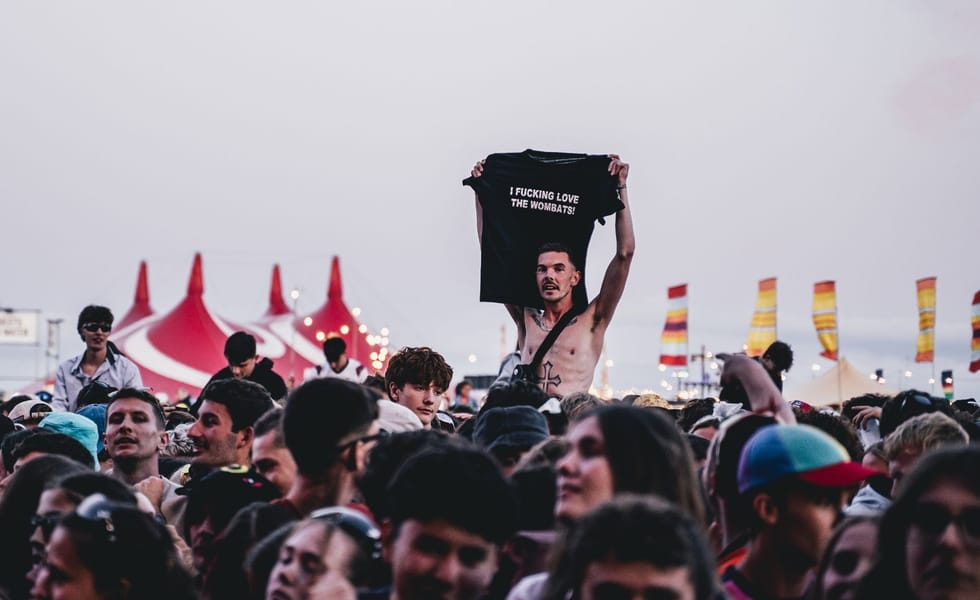Once upon a time, you showed allegiance to your favourite band by trading a dubbed cassette, taping a poster to your bedroom wall, or scribbling a logo onto your backpack. Today, that energy has shifted into an entire economy of merch drops, collabs, and limited-run culture where the shirt on your back is as much a flex as the riffs blasting from your headphones.
It’s not just t-shirts anymore. Hardcore bands release hot sauce. Doom outfits drop candle lines. Metalcore crews team up with streetwear labels to roll out shoes that sell out before the tour even starts. Merch has become a creative language, one where identity, art, and survival collide. For most bands operating on the margins of the mainstream, it’s also the most practical way to keep the lights on. Streaming numbers don’t buy vans; a hoodie with a run of 200 does.
But here’s the twist: fans don’t see it as a transaction. They see it as participation. Wearing a band’s shirt isn’t just advertising—it’s signalling tribe, mood, and history. A 2010 MySpace-era deathcore tee tells one story, while a crisp new pressing from a shoegaze revivalist says another. Merch has become the mixtape cover of the digital age, a shorthand for belonging.
That culture has also absorbed wider influences. Bands borrow from streetwear drops, with countdown timers and secret links. Fans chase scarcity the way sneakerheads once did, hunting for one-off colourways and limited collaborations. Even payment methods are shifting; crypto has slid into the conversation as bands look for ways to connect directly with international fans. That’s where you sometimes see things like the top Aussie crypto casinos referenced in broader digital culture coverage – not because they define the scene, but because the same audiences playing with new currencies are the ones buying limited-run vinyl with them.
It’s a reflection of how scenes survive by adapting. Punk once thrived on photocopied zines; metal spread through traded demos; hardcore lived off word-of-mouth shows. Today, it’s merch drops and digital platforms carrying that energy forward. Fans aren’t just buying things—they’re sustaining the underground, keeping bands fuelled for the next tour, the next pressing, the next chaotic night in a packed room.
In 2025, identity is merch. Every shirt, patch, and tote is a flag planted in the ground. And for bands unwilling to play the mainstream’s game, it’s proof that creativity doesn’t stop at the music. It threads into fabric, colourways, and collaborations, turning culture into something you can wear, carry, and claim as your own.






